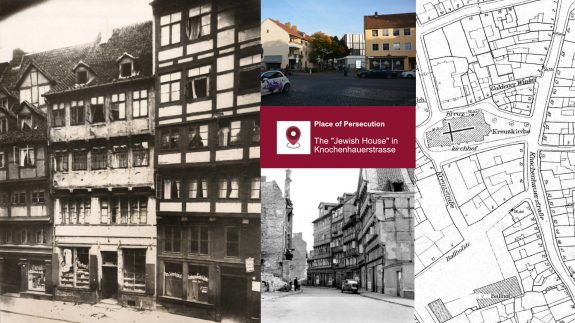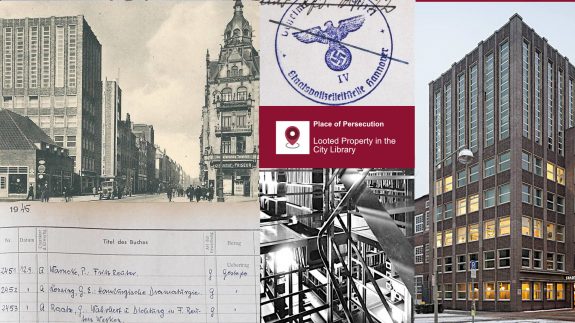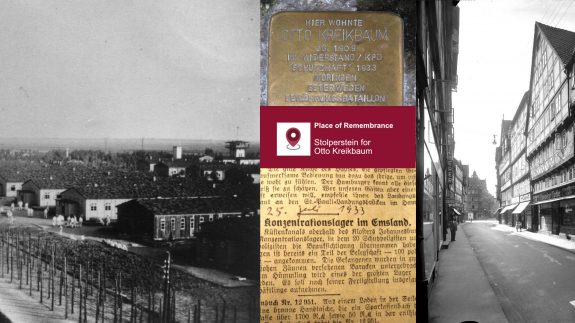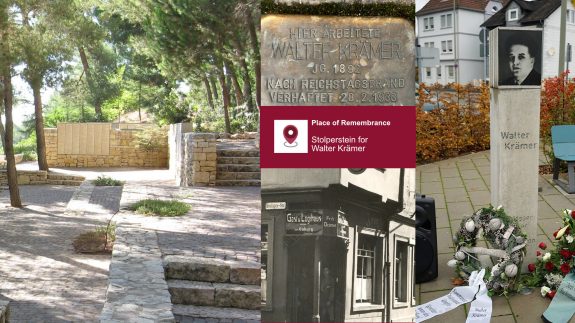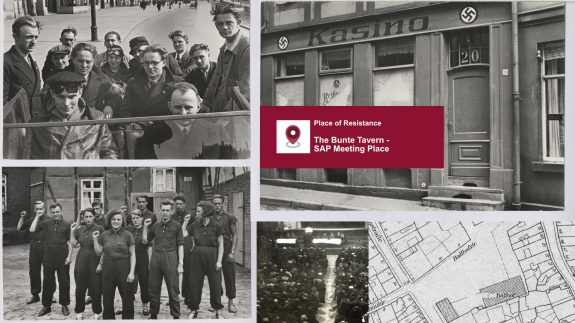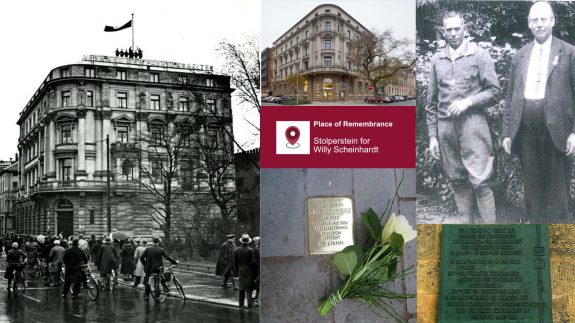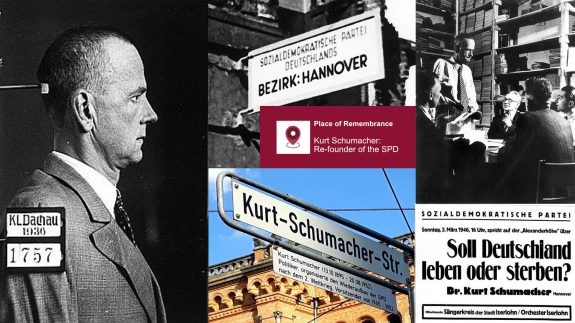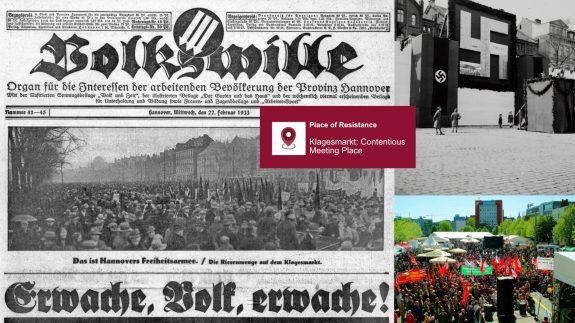former “Jewish house”, Knochenhauerstraße
Former “Jewish house”, Knochenhauerstraße For more than 1200 Jewish Hanoverians – men, women and children – 3 September 1941 marks a dramatic worsening of their living conditions. Within a few hours they have to leave their homes and move into a so-called “Judenhaus”, a “Jewish house” specially designated for Jews. They are only allowed to…

